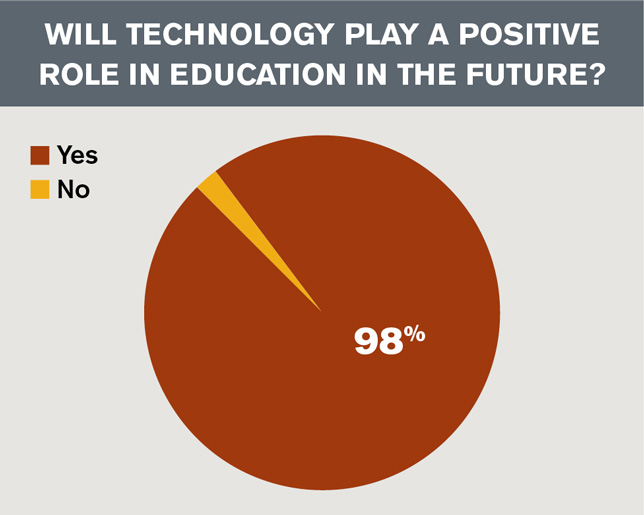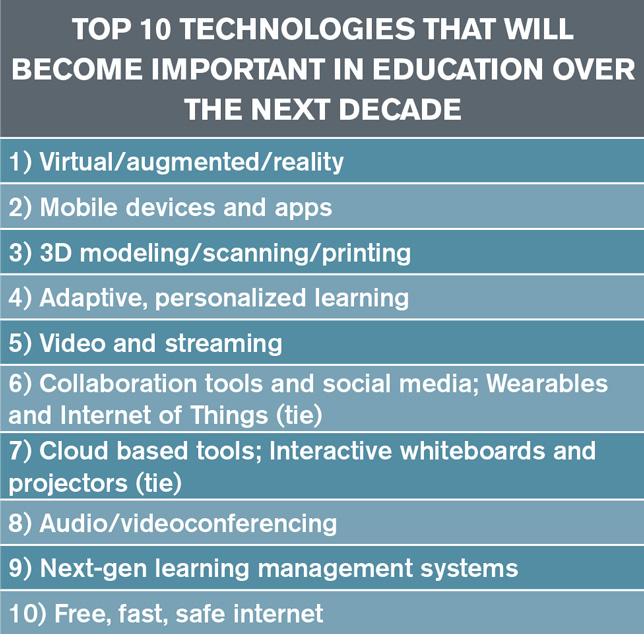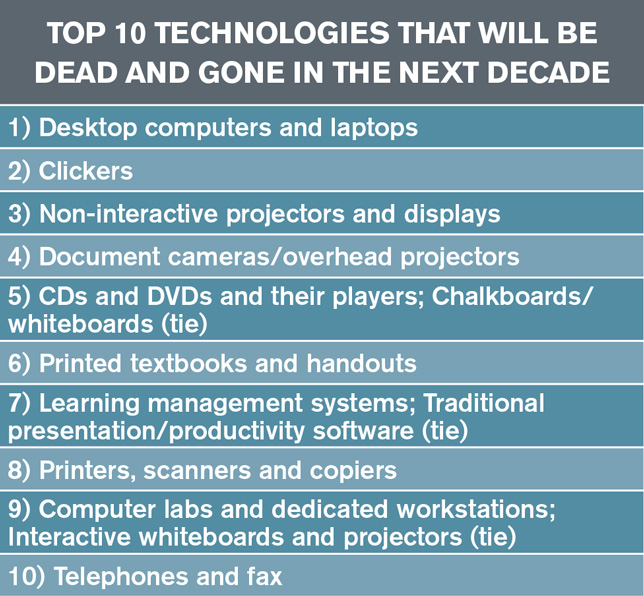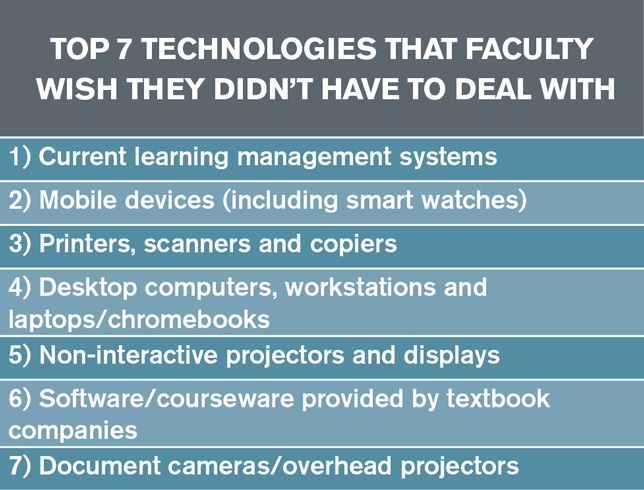++++++++++++++
On behalf of the 2018 LITA Library Technology Forum Committee, I am pleased to notify you that your proposal, “Virtual Reality (VR) and Augmented Reality (AR) for Library Orientation: A Scalable Approach to Implementing VR/AR/MR in Education”, has been accepted for presentation at the 2018 LITA Library Technology Forum in Minneapolis, Minnesota (November 8-10).
++++++++++++++
Mark Gill and Plamen Miltenoff will participate in a round table discussion Friday. November 9, 3:30PM at Haytt Regency, Minneapolis, MN. We will stream live on Facebook: https://www.facebook.com/InforMediaServices/
++++++++++++++++
Notes from the Forum
Risk and Reward: Public Interest and the Public Good at the Intersection of Law, Tech, and Libraries
https://thatandromeda.github.io/forum18_schedule/
Blog: Copyright Librarian; Twitter: @CopyrightLibn
U of MN has a person, whose entire job is to read and negotiate contracts with vendors. No resources, not comfortable to negotiate contracts and vendors use this.
If you can’t open it, you don’t own it. if it is not ours… we don’t get what we don’t ask for.
libraries are now developing plenty, but if something is brought in, so stop analytics over people. Google Analytics collects data, which is very valuable for students. bring coherent rink of services around students and show money saving. it is not possible to make a number of copyright savings. collecting such data must be in the library, not outside. Data that is collected, will be put to use. Data that is collected, will be put to uses that challenge library values. Data puts people at risk. anonymized data is not anonymous. rethink our relationship to data. data sensitivity is contextual.
stop requiring MLSs for a lot of position. not PhDs in English, but people with specific skills.
perspective taking does not help you understand what others want. connection to tech. user testing – personas (imagining one’s perspective). we need to ask, better employ the people we want to understand. in regard of this, our profession is worse then other professions.
pay more is important to restore value of the profession.
https://twitter.com/LibSkrat/status/1060925716483710976
https://docs.google.com/document/d/1lLHP2TZnmrRodSdulPPOruEeF20iwF5zw6h5aOV8ogg/edit
++++++++++++
Library System Migrations: Issues and Solutions
https://drive.google.com/open?id=109w_NU3zki_A6Fukpa50zzGJdgazbVSKqf7zAoYaKsc
from Sierra to Alma. SFX. number of challenges
Stanford – Folio, Cornell, Duke and several others. https://www.folio.org/ Alma too locked up for Stanford.
Easy Proxy for Alma Primo
Voyager to OCLC. Archive space from in-house to vendor. Migration
Polaris, payments, scheduling, PC sign up. Symphony, but discussing migration to Polaris to share ILS. COntent Diem. EasyProxy, from Millenium no Discovery Layer to Koha and EDS. ILL.
WMS to Alma. Illinois State – CARLY – from Voyager to Alma Primo. COntent Diem, Dynex to Koha.
Princeton: Voyager, migrating Alma and FOlio. Ex Libris. Finances migrate to PeopleSoft. SFX. Intota
RFPs – Request for Proposals stage. cloud and self-hosted bid.
Data Preparation. all data is standard, consistent. divorce package for vendors (preparing data to be exported (~10K). the less to migrate, the better, so prioritize chunks of data (clean up the data)
Data. overwhelming for the non-tech services. so a story is welcome. Design and Admin background, not librarian background, big picture, being not a librarian helps not stuck with the manusha (particular records)
teams and committees – how to compile a great team. who makes the decision. ORCHID integration. Blog or OneNote place to share information. touch base with everyone before they come to the meeting. the preplanning makes large meetings more productive.
+++++++++++++
Using Design Thinking — Do we really want a makerspace?
makerbot replicator 3d printer
one touch studio 4 ready record studio. data analytics + several rooms to schedule.
lighting turned on when USB drive inserted.
++++++++++++++
2:30 – 2:50
Talk To the Phone (Because the Human Is Overwhelmed)
Google physical web beacons, NFC lables, QR codes, Augmented Reality. magnetic position. nearby navigations



